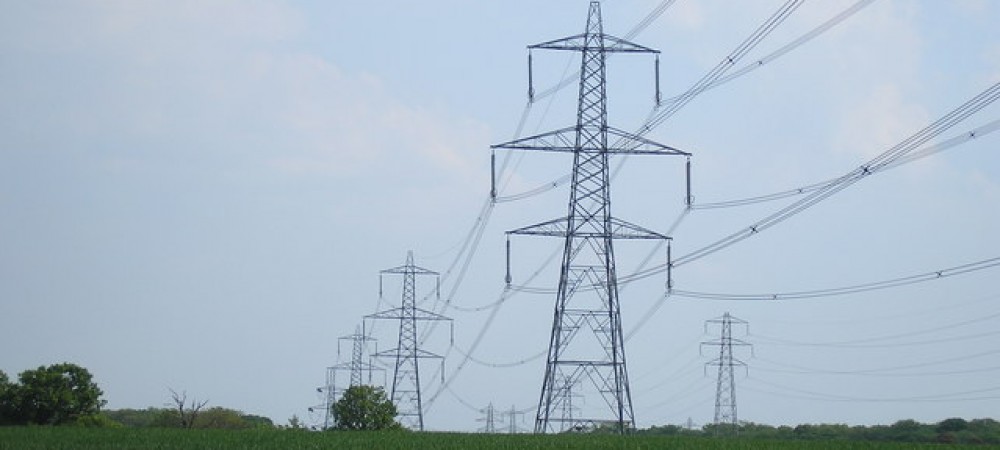The USA is the world’s preeminent food exporter, so it seems reasonable to suppose that in an emergency we would have huge stockpiles of it sitting around. Consider wheat, which unlike most agricultural products normally has a long shelf life and doesn’t require refrigeration. It is produced in the following states:
TOP TEN WHEAT PRODUCING STATES – 2001 Spring Wheat – Amounts in Bushels (1000): North Dakota 234,600; Minnesota 79,200; Montana 65,550; South Dakota 64,350; Idaho 33,320; Washington 25,830; Oregon 5,250; Colorado 3,168; Utah 784; Wisconsin 360.
Notice that wheat is grown far from population centers. Companies like Cargill buy it from farmers in the fall and store it in huge grain silos at railheads, shipping it out as needed. So if you happen to live in a place like North Dakota, you don’t have to look far for wheat berry. If you want the wheat transported somewhere else, or processed into flour, that’s a problem. There is no power for flour mills or for pumping diesel fuel into trucks. If you managed somehow to drive a wheat-laden truck into a city, your cargo would probably be stolen by thieves or commandeered by local authorities. What could they pay you with, anyway?
Nor would the wheat stored at railheads last long. Normally there is a screw mechanism in silos that continuously circulates the grain, killing pest insects and preventing mildew. Without power, the grain would rot or be eaten by pests before much of it could be eaten by people.
I’m not a farmer and I look forward to hearing from someone more knowledgeable that the situation is not as bad as I’ve described.

I’ve been mulling over this issue, and my early thoughts are that you’re not looking at it in quite the right way. I’ll agree the nasty outcomes would be about as bad as can be imagined, and for this reason I don’t think there is any realistic possibility of small-scale (as in individuals or family groups) preparing for such an event.
The attack would be on the nation as a whole, and that’s at the level where the planning and other preparations would have to made. Highways would (IMO) have to be written off with abandoned cars and wrecks and all. There is still a rail network in the US though, and I believe that’s the way interior cities would have to get their supplies. Some or all locomotives would have to either be “hardened”, or be fitted with replacement parts which got fried. Coastal cities would of course be open to ships.
At any rate, there are lots of other grains besides wheat. People can eat corn, oats, rice, etc.
Assuming we can somehow get food stocks into the cities, they still need water. More preparations would have to be made at all points in the supply chain to be ready to repair or replace all the critical electrical units in the water supply systems. The water might be limited to 1/2 hour every day.
There would need to be planning for stockpiles of vitamins, medicines, and lord knows what else. National planning, and with enough money to make it worthwhile.